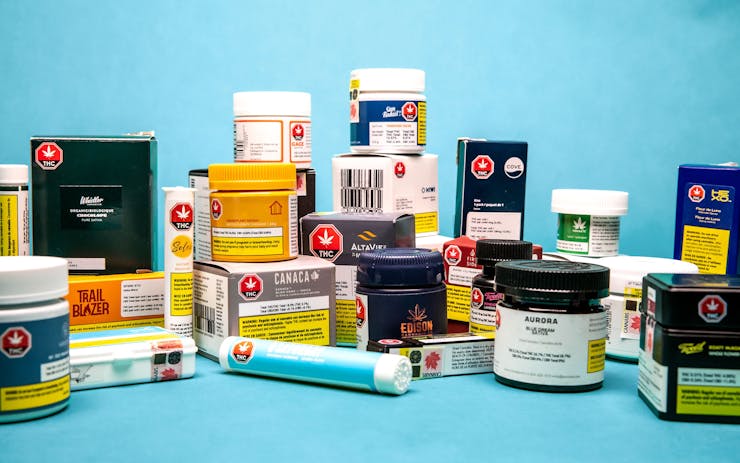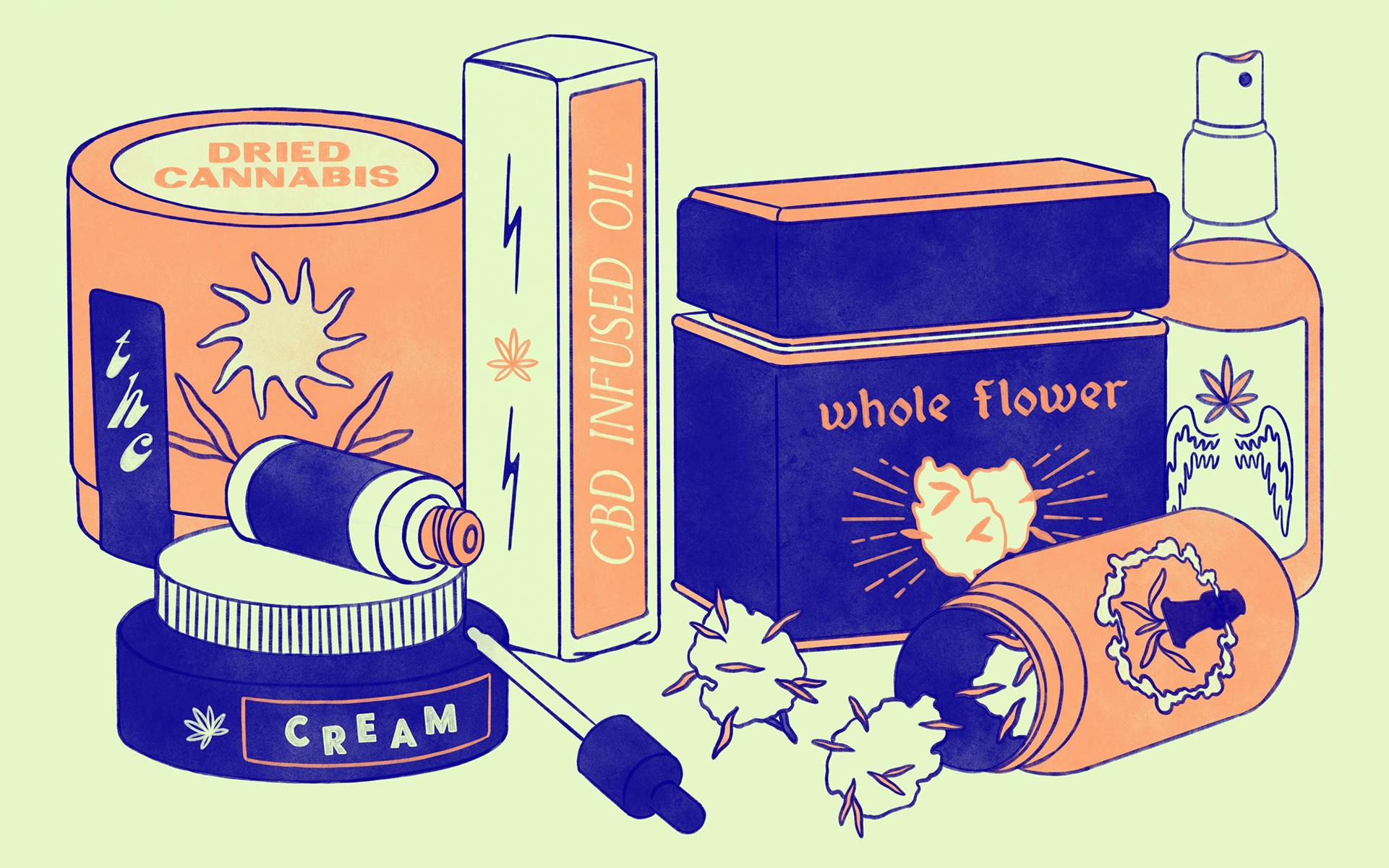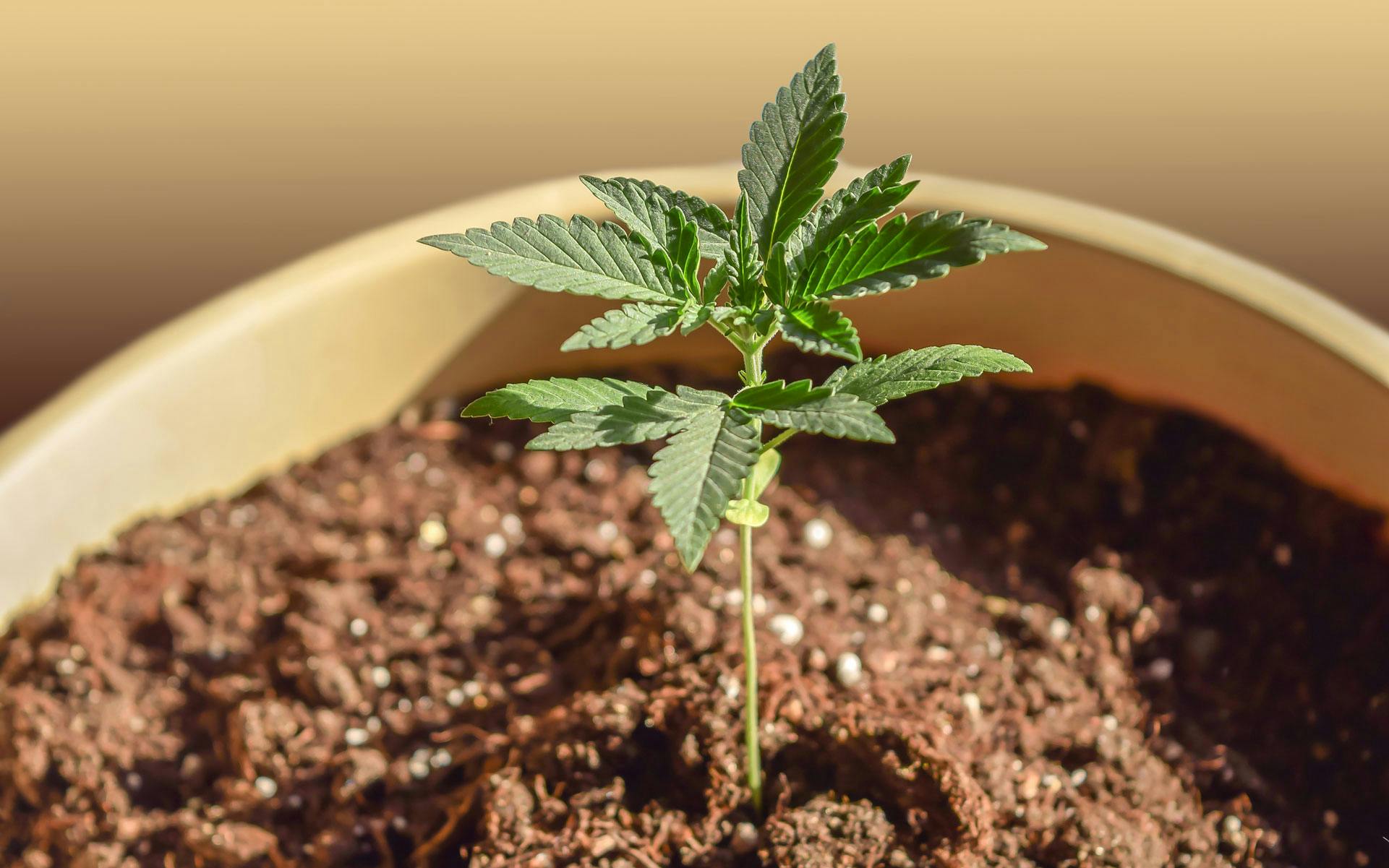One year after the legalization of recreational cannabis, Cannabis Benchmarks, a company that tracks cannabis prices, estimates that Canadian licensed producers have sold approximately $1.1 billion worth of pot in the past 12 months, the equivalent to 105,000 kilograms—enough to fill almost two rail freight cars.
According to Statistics Canada, licensed retail outlets sold more than $100 million worth of pot in July, the fifth straight month that sales hit an all-time high.
Canadian licensed producers have sold approximately $1.1 billion worth of cannabis in the past 12 months, the equivalent to 105,000 kilograms—enough to fill almost two rail freight cars.
Cannabis Benchmarks
However, some industry analysts believe those numbers would be much higher if not for the many stumbling blocks the industry has encountered in the first year of legalization. They cite several problems, ranging from non-compliant packaging to the failure of some producers to increase cultivation capacity in time to meet demand. But according to many analysts, the number one problem has been the regulators.
An article published by the Motley Fool, a financial services company, said federal regulators were not prepared to handle legalization of recreational cannabis. Health Canada had more than 800 cultivation, processing, and sales applications when the year started, but took several months or more to review them, the article stated. That “kept cultivators, processors, and retailers waiting in the wings to meet [consumer] demand.”
“There are many risks involved in overseeing cannabis and Health Canada tries to manage risk,” Alanna Sokic, a senior consultant for Global Public Affairs, told Leafly. “The industry runs at breakneck speed and government does not.”
Sales figures should be higher
The amount of legal cannabis Canadians have purchased in the past year (105,000 kilos) represents just 11.4% of the total amount they are thought to consume annually.
Analysts have criticized some provinces for being slow to approve retail licenses. In Ontario and Quebec, for example, there are so few brick-and-mortar stores that many consumers are faced with the prospect of buying cannabis online—an unappealing option for the many consumers who want to see and smell their product before buying it legally—or getting it on the illicit market.
Many of them have chosen the latter route. The amount of legal cannabis Canadians have purchased in the past year (105,000 kilos) represents just 11.4% of the total amount they are thought to consume annually.
Canada’s most populous province has completely botched the rollout of the cannabis retail market according to analysts. After Doug Ford became premier of Ontario in June 2018, he announced that his government would award cannabis retail licenses through a lottery system. Two lotteries have been held so far.
This system has been fraught with problems, including inexperienced winners and concerns that some of them have sold their licenses on the illicit market.
“If you needed a brain surgeon, would you pick one through a lottery? Cannabis retail is best left to those who are knowledgeable and reliable,” BCMI Cannabis Report author Chris Damas told Leafly.
There are also indications the lottery system has been gamed by big players. A physical address was required for each entry. In the second lottery, in August, the average number of entries per each winning address was 24. One address was entered into the lottery 173 times. Each entry cost $75.
Some of the applicants are so unhappy with the system they have taken their case to court. Eleven of them won the right to apply for a retail license through the second lottery but were later disqualified for not providing required documents by the regulator’s deadline. They responded by asking the court for a judicial review. The province’s plan to hold another lottery was suspended until Sept. 27, when the court dismissed the applicants’ request.
“If Ontario was punching at the weight it should be, Canadian sales numbers would be much higher.”
Chris Damas, BCMI Cannabis Report author
There are now just 24 retail outlets in a province that has a population of more than 14 million. “Ontario could support a thousand stores—and that’s a conservative estimate,” Damas told Leafly. “The provincial government blew it. If Ontario was punching at the weight it should be, Canadian sales numbers would be much higher.”
The Ford government attributes the slow rollout of retail to supply issues at the federal level. They say stores might go out of business if they open while there is limited cannabis supply. But as David Clement of the Consumer Choice Center stated in The Globe and Mail, the province doesn’t have the same approach when it comes to granting alcohol licenses for restaurants, bars, or clubs even though there is a high failure rate (60%) for these businesses.
Also, all the provinces are dealing with the same supply issues, yet some have done a much better job of establishing a cannabis retail market. For example, there are more than 300 retail outlets in Alberta, even though the province’s population is just 4.3 million—less than a third the size of Ontario’s population. Alberta outlets sold $124 million dollars’ worth of cannabis in the first eight months of legalization while Ontario outlets sold $121 million.
They key to Alberta’s success is its comparatively free-market regime, say analysts. The province’s regulatory body is the sole distributor of recreational cannabis just as it is in Ontario. However, in Alberta, anyone can apply for a license to open up a retail location. The opening of retail outlets is driven by market demand.
‘Gong show’ will get sorted out
“Sales numbers are what can be expected when some provinces (in the Prairies) embrace a free-market model and others don’t.”
Chris Damas, BCMI Cannabis Report author
“Sales numbers are what can be expected when some provinces (in the Prairies) embrace a free-market model and others don’t,” Damas said. “It has been a fiasco in certain provinces,” he said, referring to Ontario as well as Quebec, which has 22 stores and a population of eight million.
But Damas and other analysts are optimistic about the future of cannabis retail in Canada. Economist Trevor Tombe at the University of Calgary said in a tweet that “the gong show” in Ontario will get sorted out. Indeed, the province just announced it was launching consultations aimed at getting the private sector more involved in cannabis storage and delivery.
“If you look across Canada you will see a patchwork of regulation. Some provinces are performing much better than others because they have prioritized access,” Sokic told Leafly. “In the past year, some lessons have been learned. Provinces who haven’t prioritized market access are considering it so that they can accomplish their objectives. I think the future looks bright.”









